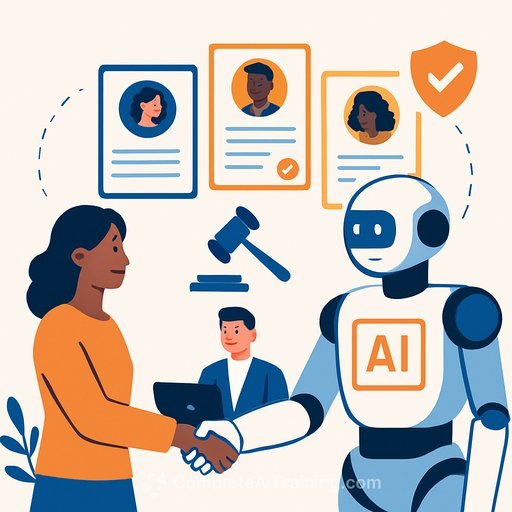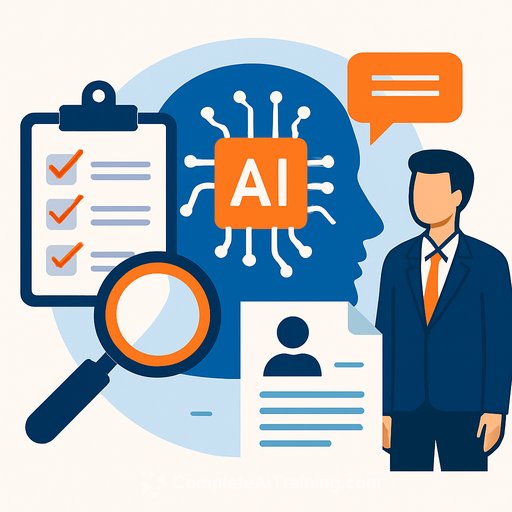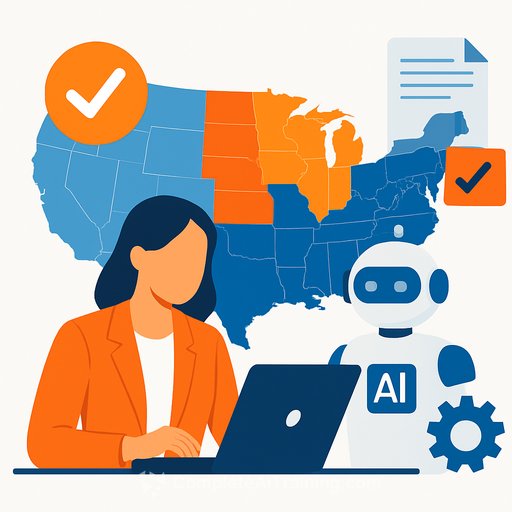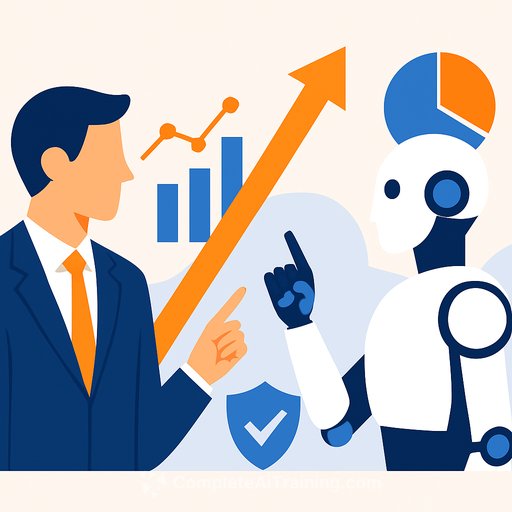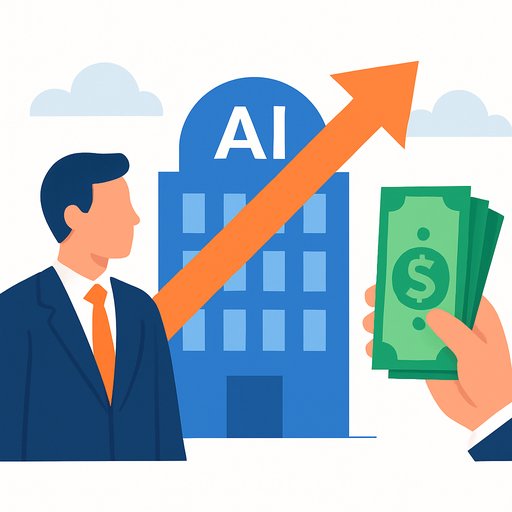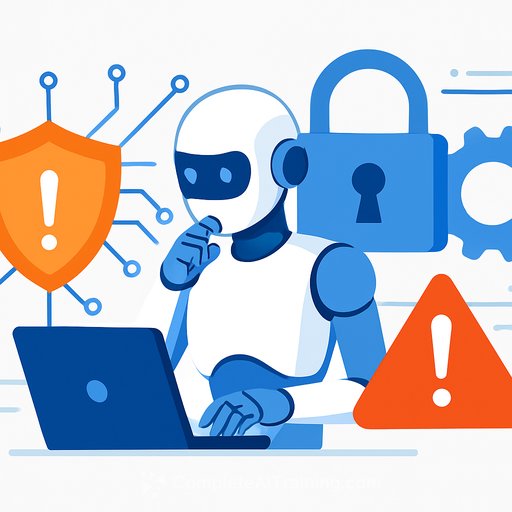How companies and HR managers can lead in the age of AI-assisted hiring
AI has changed how we recruit. HR and hiring managers aren't just sourcing talent anymore-they're supervising an entire AI stack across the funnel. The mandate: keep speed and scale, without losing judgment, context, and fairness.
The goal isn't to automate decisions. It's to make better decisions-faster-while staying aligned with global standards like the OECD AI Principles for fairness, transparency, accountability, safety, and social well-being. Read the principles.
The big question
How can hospitality and tourism (H&T) firms-and any people-first business-stay competitive and compliant while using GenAI across the hiring lifecycle? Start by putting human oversight at the center and building simple, repeatable checks around each stage.
A practical playbook for HR leaders
1) Accept applications and resumes
- Monitor AI-powered job portals for uptime, accessibility, and basic cybersecurity. Set owners and weekly checks.
- Tell candidates what tech you use, why you use it, and how to contact a human. Keep response SLAs visible.
- Use real-time insights (drop-off rates, device issues, readability) to improve the experience continuously.
2) Screen applications and resumes
- Validate your screening tools. Compare AI rankings with structured human reviews on sampled requisitions.
- Run bias and accuracy checks by job family and location. Document results and remediations for audit and legal defense.
- Lock criteria to job-relevant requirements. Remove proxies that correlate with protected attributes.
3) Conduct and rate interviews
- Disclose if AI is used to analyze responses (voice, text, video). Provide candidates with guidelines and appeals.
- Map every AI-measured signal to an actual competency. No "black box" scores without a skills link.
- Re-test validity often. Calibrate with diverse panels and look for drift in how ratings correlate with performance.
4) Administer and evaluate assessments
- Confirm assessments measure job-relevant skills. Keep a short validation brief per assessment.
- Test for group fairness. Track outcomes over time (hire quality, turnover, performance) and refine.
- Rotate items, proctor where needed, and monitor for content leakage to maintain integrity.
5) Perform background checks
- If GenAI generates summaries or narratives, verify sources, accuracy, and consent. No scraping from questionable pools.
- Disclose AI use and allow candidates to respond or correct records. Keep clear timelines and points of contact.
- Balance public data with privacy and fairness. Keep data retention short and purpose-bound.
6) Extend a job offer
- Use AI to benchmark wages and benefits, but explain to candidates how ranges were set and what's negotiable.
- Blend data with empathy. Tailor offers to individual needs-start dates, flexibility, development plans.
- Track acceptance reasons to improve comp strategy and candidate experience over time.
Build governance around the OECD principles
- Fairness: Run pre- and post-hoc bias tests. Set thresholds and triggers for human review.
- Transparency: Publish plain-language notices, two-page model summaries, and candidate FAQs.
- Accountability: Assign an owner per tool. Keep audit logs, data lineage, and decision overrides.
- Safety & security: Complete security reviews, red-team sensitive features, and restrict PII access.
- Social well-being: Include diverse stakeholders in design and testing; monitor community impact (e.g., local hiring).
What to stand up in the next 90 days
- Inventory all AI touchpoints in hiring (vendors, prompts, data flows, outputs). Add risk tiers.
- Create a candidate notice + appeal template. Make it easy to reach a human and get a timely response.
- Set a quarterly bias/validity testing cadence. Sample roles with enough volume to be meaningful.
- Map interview and assessment signals to job competencies. Remove anything not demonstrably job-related.
- Add AI clauses to vendor contracts (data use, retention, audit rights, incident response).
- Train recruiters and hiring managers on how the tools work and where to step in. If your team needs a quick primer, see these latest AI courses.
Keep AI as an assistant-not the decision-maker
AI can draft, sort, and score. People set the bar for fairness, context, and final decisions. The mix that works: automation for repeatable tasks, human judgment for edge cases and outcomes that carry risk.
As the tech shifts, your principles should not. Keep the human touch at the center of every hiring decision.
For job seekers
We'll share a set of practical recommendations to help candidates work through AI-assisted hiring-coming soon.
Questions for your next leadership meeting
- How do we ensure AI remains an assistant, not a substitute, in hiring decisions?
- What governance system-policies, owners, audits-do we have in place for fairness and transparency?
- Where are the highest-risk decisions today, and where do we require mandatory human review?
- How are we measuring quality of hire, turnover, and candidate experience to validate our AI tools?
- What's our plan to communicate clearly with candidates about AI use-and handle appeals quickly?
Your membership also unlocks:

